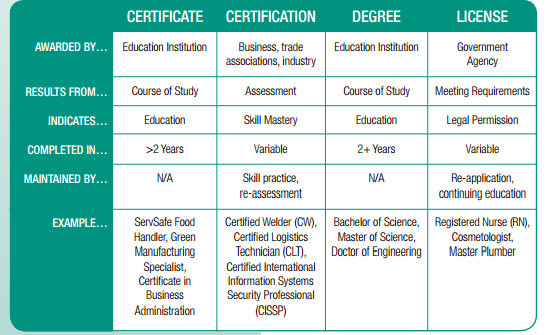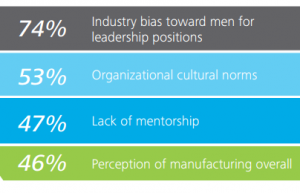March 9, 2017
The National Student Clearinghouse Research Center released a report in partnership with the Association of Community College Trustees examining which metrics best tell the story of the services community colleges provide and the supports they require. They determined that the three important indicators of community college progress are:
- College Persistence
- Transfer and Mobility
- Certificate and Degree Completion

The report makes a distinction between measuring college retention and college persistence, as retention only measures how many students return for the following Fall semester at the same institution. Using persistence as a measure for community colleges captures the large number of students who transfer either to other community colleges or to four-year institutions. This requires a more systematic approach to tracking enrollment across different institutions and across state lines. When enrollment was tracked this way using Student Clearinghouse data, they found that almost half of all bachelor’s degree recipients were enrolled in a community college at one point before transferring to a four-year institution, a fact that demonstrates the clear role community colleges play in student success.
Study Finds Girls Turn Away from STEM Subjects Early
A new report published in Science found that girls tend to turn away from STEM subjects as early as first grade. The report attributes this partly to their findings that girls begin to associate boys as being smarter and therefore tend to shy away from subjects intended for more intelligent people. Boys around that age seem to also believe themselves to be inherently smarter. The findings in this study echo previous studies that correlated boys’ and girls’ performance in math and science with their self-reported levels of confidence and anxiety with the subjects.
The authors of the report suggest that schools must begin working to break down gender stereotypes far earlier than many might expect. They also recommend that families work to foster girls’ interest in STEM subjects as early as possible.
Odds and Ends
As you know, last month was CTE Month. To celebrate, the National Center for Education Statistics (NCES) launched a newly redesigned CTE statistics website, which provides national-level information on CTE at the secondary and postsecondary education levels, as well as information on occupational certification and licensure.
Several pieces related to equity have been released lately. CCSSO and the Aspen Institute released a report on the role SEA chiefs can and should play in defining and promoting equity in schools. Chiefs For Change also released a report on equity, with a focus on using ESSA and financial transparency to improve equity.
The U.S. Departments of Labor and Education recently released a technical assistance document to support communities working with in-school youth in accordance with WIOA. Additionally, the National Conference of State Legislatures launched a database that tracks state legislation related to WIOA implementation.
Ashleigh McFadden, State Policy Manager





